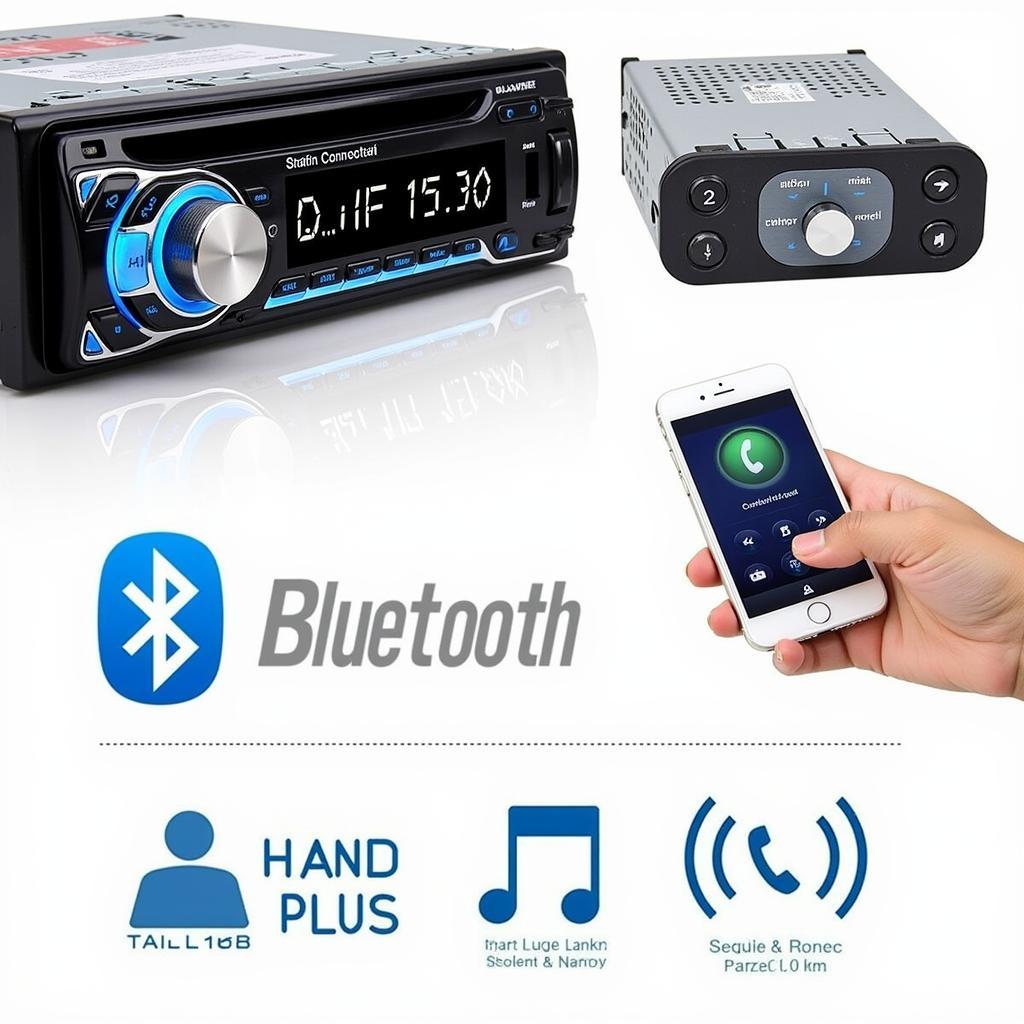The dreaded “Avalanche Brake System Failure” warning light can be a real headache. It signals a potential problem with your braking system, a critical component for safe driving. This article will delve into the causes of this warning, provide troubleshooting steps, and discuss solutions, empowering you to address this issue effectively.
Understanding the Avalanche Brake System
The Chevrolet Avalanche’s brake system is a complex network of components working together to ensure safe and reliable stopping power. It includes the master cylinder, brake lines, calipers, rotors, drums, brake pads, shoes, and the ABS (Anti-lock Braking System) module. Any malfunction within this system can trigger the warning light. Understanding how these parts interact is crucial for effective troubleshooting.
Common Causes of the Avalanche Brake System Failure Warning
Several factors can contribute to the “Avalanche Brake System Failure” warning. These include low brake fluid levels, worn brake pads or shoes, a faulty ABS sensor, a malfunctioning ABS module, or even a damaged brake line. Identifying the specific cause is the first step towards resolving the issue.
Low Brake Fluid
One of the most common culprits is low brake fluid. This can be due to a leak in the brake lines or simply worn brake pads. Check your brake fluid reservoir; if it’s low, add brake fluid to the recommended level. If the level drops quickly again, you likely have a leak that requires professional attention.
Worn Brake Pads or Shoes
Worn brake pads or shoes not only reduce braking efficiency but can also trigger the warning light. Check your brake pads and shoes for wear and tear. If they are thin or damaged, replace them promptly.
Faulty ABS Sensor
The ABS sensors monitor wheel speed and help prevent wheel lockup during braking. A faulty sensor can disrupt the ABS system and trigger the warning light. A diagnostic scan can pinpoint a faulty sensor.
Malfunctioning ABS Module
The ABS module is the brain of the anti-lock braking system. If it malfunctions, it can cause a variety of issues, including the “Brake System Failure” warning. A professional diagnosis and potential module replacement might be necessary.
Troubleshooting the Avalanche Brake System Failure Warning
If you encounter the warning light, follow these steps to troubleshoot the problem:
- Check the brake fluid level: Ensure the fluid is at the recommended level in the reservoir.
- Inspect the brake pads and shoes: Look for signs of excessive wear or damage.
- Check for visible brake fluid leaks: Inspect the brake lines and connections for any leaks.
- Listen for unusual noises during braking: Grinding or squealing sounds can indicate worn brake components.
- Have the vehicle scanned for diagnostic trouble codes (DTCs): This will pinpoint the specific fault within the system.
Using Remote Diagnostic and Programming Services
Remote diagnostics and programming can be invaluable in troubleshooting complex brake system issues. These services can often identify the root cause quickly and efficiently, saving you time and money.
“Remote diagnostics is a game-changer,” says John Miller, Senior Automotive Diagnostic Technician at Miller’s Auto Repair. “It allows us to quickly pinpoint issues without the customer even needing to bring their vehicle in, especially useful for intermittent problems.”
Solutions for the Avalanche Brake System Failure Warning
Once the cause of the warning light is identified, the appropriate solution can be implemented. This might involve adding brake fluid, replacing worn brake components, repairing a brake line leak, replacing a faulty ABS sensor, or even replacing the ABS module.
“Remember, a properly functioning brake system is paramount for safety,” advises Susan Davis, Lead Automotive Engineer at Davis Automotive Solutions. “Never ignore warning lights related to your brakes. Address them promptly to ensure your safety and the safety of others on the road.”
Conclusion
The “Avalanche Brake System Failure” warning should never be ignored. By understanding the potential causes, following the troubleshooting steps, and utilizing available resources like remote diagnostics and programming, you can effectively address this issue and ensure the safety and reliability of your Chevrolet Avalanche’s braking system. Don’t hesitate to seek professional assistance if needed.
FAQ
-
What does the “Avalanche Brake System Failure” warning mean? It indicates a potential problem within your brake system, requiring immediate attention.
-
Is it safe to drive with the warning light on? It’s not recommended. Have the issue diagnosed and repaired as soon as possible.
-
How much does it cost to fix the brake system failure warning? The cost varies depending on the specific cause and the necessary repairs.
-
Can I fix the problem myself? Some basic troubleshooting, like checking fluid levels, can be done DIY. However, more complex repairs often require professional expertise.
-
How can remote diagnostics help with this issue? Remote diagnostics can quickly identify the root cause, potentially saving time and money.
-
What should I do if the warning light comes on and off intermittently? This can be particularly challenging to diagnose and often requires professional diagnostic tools.
-
How can I prevent future brake system issues? Regular brake inspections and maintenance, including fluid checks and pad/shoe replacements, are crucial for preventing problems.

